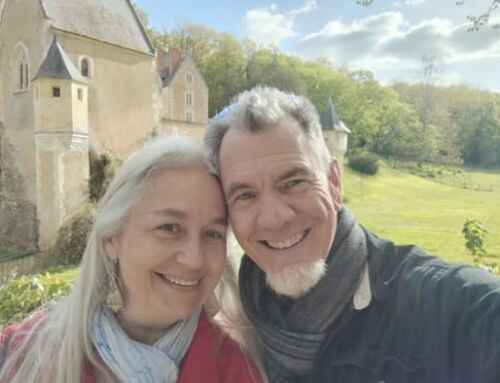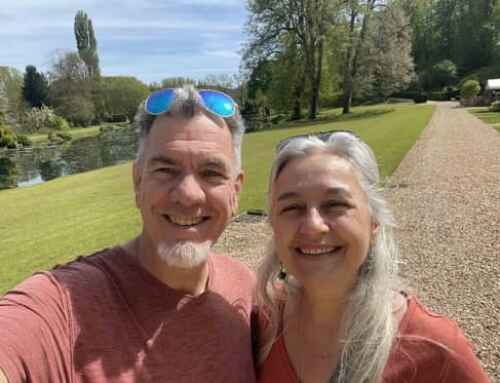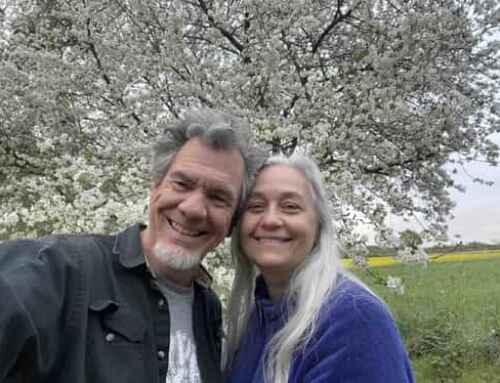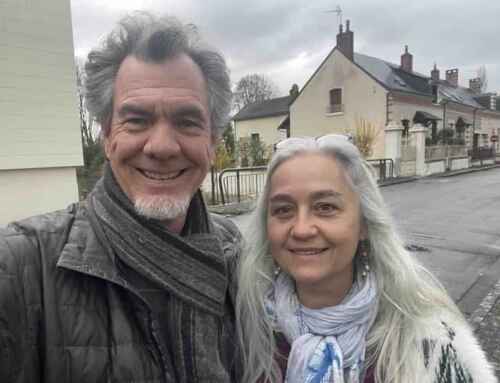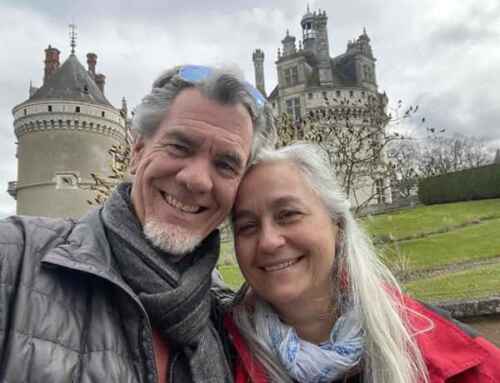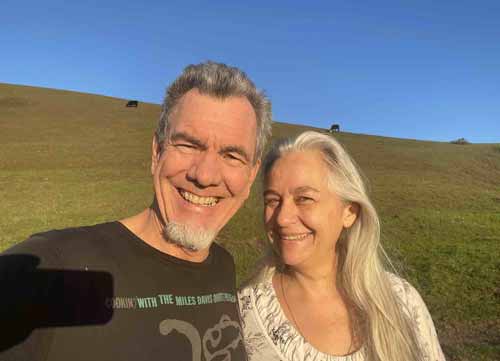
“ A warm smile is the universal language of kindness.”
~ William Arthur Ward
Do you ever find yourself in a situation where the best you can do is simply smile and nod?
Maybe it’s a conversation about something highly technical or scientific that’s way over your head.
Perhaps it’s a situation where your safest bet is to remain noncommittal and not get involved.
Or, quite commonly if you travel a lot or have international friends, you find yourself being the odd person out in a conversation held in a foreign language.
Communication is much different when you subtract understanding of the meaning of words. You find yourself paying attention to visual cues, facial expression, and the overall tone of the exchange.
You have a choice when you are baffled by the content of a conversation. You can let your incomprehension feed into your frustration and feel hopeless. Or you can swim along with the current and pay close attention for pathways to understanding.
Settling into a foreign conversation is like slipping into a warm bath. The words and phrases wash over you like a current.
Every language has a unique texture, which is reflected in the population of those who speak it. Some are sharp and choppy, others are mellifluous and fluid.
What’s really interesting, and often overlooked, are the somatic differences in language. In order to properly speak a different language, you have to train your mouth and your tongue to move in a different way.
Native American languages such as Navajo depend on glottal stops and clicks that feel quite unusual to a Western tongue. My older brother, who lives in Thailand, and has become a fluent speaker of the language in three years, describes a system where the same word can have several different meanings depending on subtle differences in the inflection.
And French, the language I’m most often immersed in, requires a special relationship with vowels. It’s no wonder it’s considered such a romantic language, so many subtle differences are expressed with your cheeks and lips pushed out like they’re ready to give a big smooch.
When I think of the American aesthetic, a cowboy with a wide grin and a firm handshake booming out a big “Howdy” comes to mind. Our language is wide, loud, and open. The way we do small talk with strangers here is an alien concept to most Europeans.
We Yanks, (and some Aussies too, I might add), are the first to dive into a conversation with a complete stranger. We’re known for being friendly, helpful, and gregarious, it’s one of the best things about our culture.
But getting up to speed in a foreign language is no walk in the park! Knowing enough phrases to get along as a traveler is one thing, but being able to keep up with a native conversation is another.
So I’m learning French one phrase and one word at a time. I’ve been looking around for ways to jumpstart my practice. I ran across a really interesting tip that I will put into play at some point.
The tip is this: Take a class! And no, I don’t mean a class in the language itself. If you’re in a foreign country and want to gain fluency with the language, go take a class in something completely unrelated that is being taught and attended by native speakers.
Pottery, martial arts, basket weaving, you name it, it doesn’t matter. The point is, you’re surrounded by people using the language and you have ample visual cues to work with. Folks are more likely to be friendly to a foreigner in an informal setting. And you have to sink or swim.
So have fun swimming in the current of a foreign tongue next time you have the chance! And remember, a smile means kindness wherever you go!
Much love till next Monday!
M+
Mark Metz
Director of the Dance First Association
Publisher of Conscious Dancer Magazine



